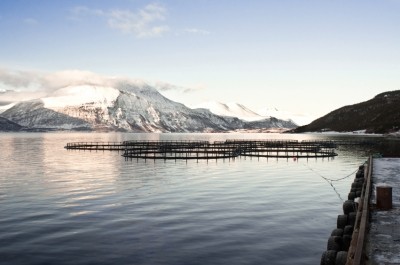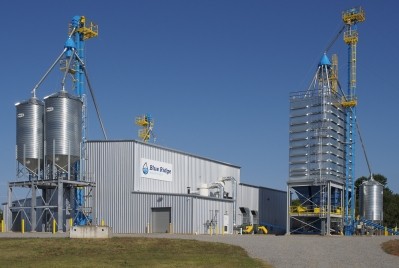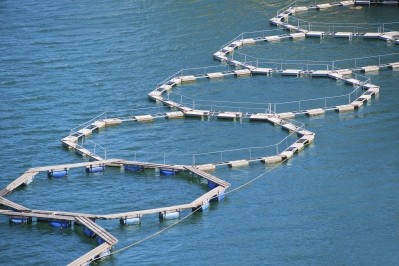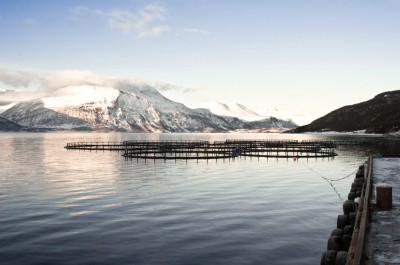Aquaculture growth: The "double-edged sword"
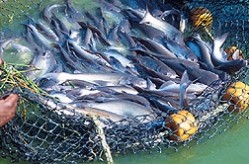
Aquaculture produces around 50% of fish consumed globally and this is set to surge to 60% by 2020, according to the report Aquaculture Tries to Fill World’s Insatiable Appetite for Seafood by US research firm Worldwatch Institute. But there are concerns about its environmental safety too.
Human fish consumption has soared by 14.4% over the past five years, it said, with 130.8m tonnes eaten in 2011. Consumption of farmed fish has risen tenfold since 1970.
Europe represents the second largest fish farming market producing 9.2% of the global fish supply in 2010. Asia remains the globe’s largest farmed fishing and consumption market; eating two thirds of fish caught or grown for consumption.
Danielle Nierenberg, co-author of the report and director of Worldwatch’s Nourishing the Planet project, said: “To maintain the current level of fish consumption in the world, aquaculture will need to provide an additional 23 million tons of farmed fish by 2020.”
However, while it is clear that aquaculture is crucial to feeding the globes “insatiable appetite” for seafood, “growth in fish farming can be a double-edged sword,” Nierenberg added.
“If aquaculture continues to grow without constraints, it could lead to degradation of land and marine habitats, chemical pollution from fertilisers and antibiotics, the negative impacts of invasive species, and a lessened fish resistance to disease due to close proximity and intensive farming practices,” she said.
R&D efforts a must
Fish farming has been expanding steadily for the past 25 years and spiked 6.2% in 2011, the report said, while wild capture has “stagnated”.
“Fisheries and aquaculture in the future will be heavily affected by a growing population and increasing fish consumption, by economic pressures on scarce natural resources, and by climate change,” the co-author said.
“More research and development is needed to find affordable replacements for fishmeal and terrestrial products in aqua feeds,” Nierenberg said.
Alternatives put forward in the report include nutrient waste streams and by-products from terrestrial agriculture including plant oilseed and legume meals and cereal by-products.
“Policymakers, fishers and consumers need to find alternative sources for fish feed, combat illegal fishing, encourage more sustainable practices in aquaculture, acknowledge the potential effects of climate change on the oceans, and think critically about what and how much fish to consume,” she said.
